If you’re looking for a natural way to lower your cholesterol levels, you may have heard of red yeast rice. This traditional Chinese medicine is made by fermenting rice with a type of yeast called Monascus purpureus. It contains a compound called monacolin K, which is similar to the active ingredient in the prescription drug lovastatin. However, not all red yeast rice products are created equal, and some may even be harmful to your health.
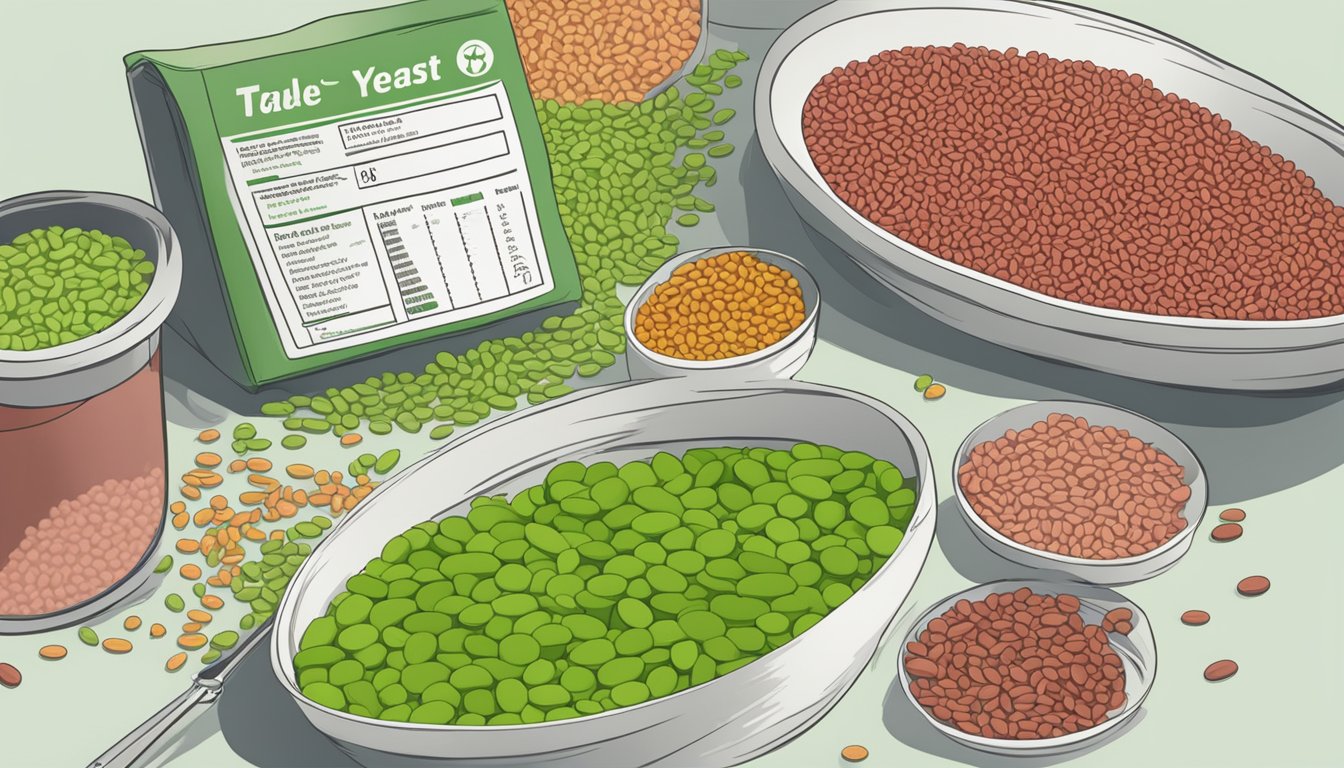
When it comes to red yeast rice supplements, there are several brands you should avoid. According to testing, safety concerns, and user feedback, some of the worst red yeast rice brands include Swanson, Only Natural, Sundance, Nature’s Plus, Mason Natural, and Solaray. These brands may be ineffective, unsafe, or misleading, and may contain harmful contaminants or toxins. Keep reading to learn more about how to identify brands to avoid and make informed choices.
If you’re considering taking red yeast rice supplements, it’s important to understand the health benefits and risks, as well as the regulatory perspective. While some studies suggest that red yeast rice may help lower cholesterol levels, others have raised concerns about its safety and effectiveness. Additionally, the FDA has stated that red yeast rice products with significant amounts of monacolin K cannot be marketed as dietary supplements. By understanding these factors, you can make informed choices about whether red yeast rice is right for you.
Key Takeaways
- Red yeast rice is a natural way to lower cholesterol levels, but not all products are created equal.
- Some red yeast rice brands may be ineffective, unsafe, or contain harmful contaminants or toxins.
- To make informed choices, it’s important to understand the health benefits and risks, regulatory perspective, and how to identify brands to avoid.
Understanding Red Yeast Rice
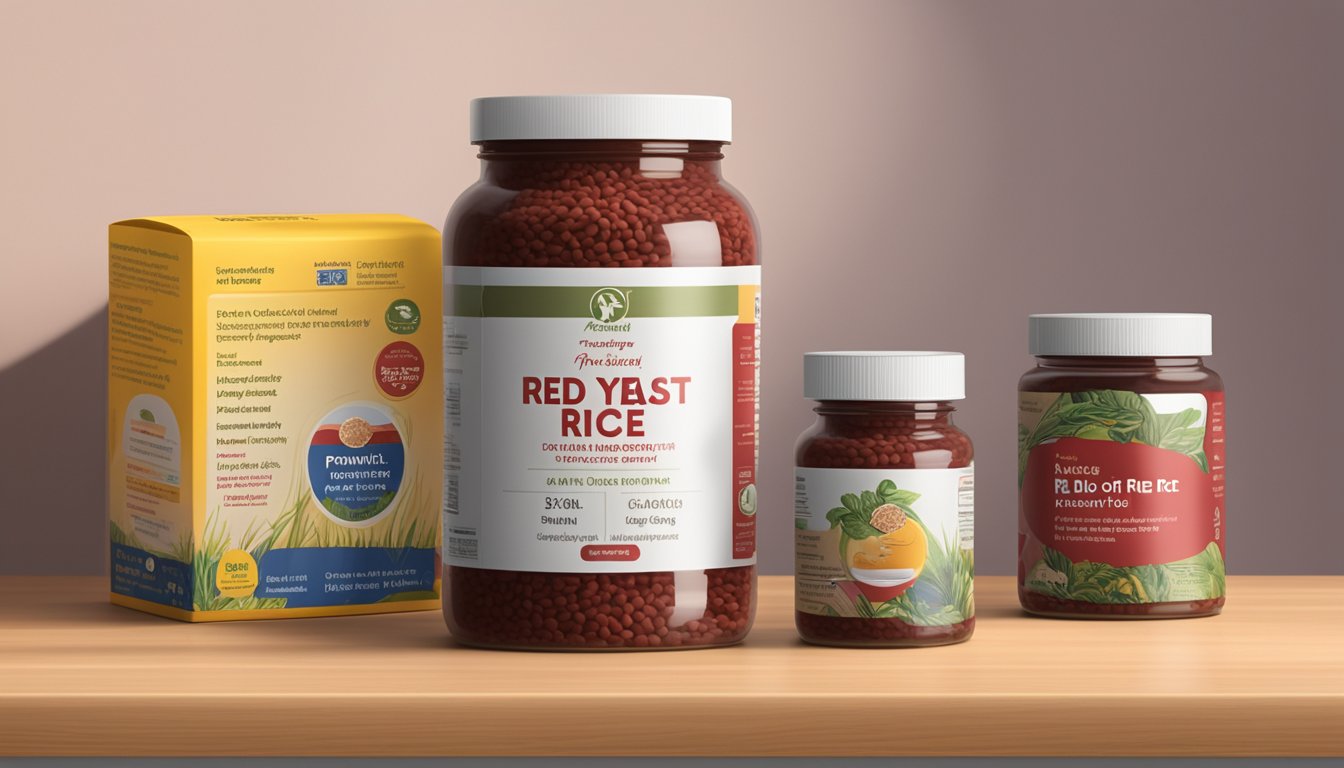
Red yeast rice is a traditional Chinese medicine that has been used for centuries to promote cardiovascular health. It is made by fermenting white rice with a type of yeast called Monascus purpureus. The fermentation process gives the rice a distinctive red colour and a slightly sweet taste.
Origins and Traditional Use
Red yeast rice has been used in traditional Chinese medicine for over a thousand years. It was originally used to improve digestion, promote blood circulation, and alleviate stomach ailments. In more recent times, red yeast rice has gained popularity as a natural way to lower cholesterol levels and reduce the risk of heart disease.
Active Ingredients and Their Effects
The active ingredient in red yeast rice is monacolin K, which is also known as lovastatin. Monacolin K is a type of statin, which means that it works by blocking the production of cholesterol in the liver. This can help to lower LDL (bad) cholesterol levels and reduce the risk of heart disease.
It is important to note that not all red yeast rice supplements contain the same amount of monacolin K. In fact, some brands may not contain any monacolin K at all. This is why it is important to choose a reputable brand that has been tested for purity and potency.
In conclusion, red yeast rice is a traditional Chinese medicine that has been used for centuries to promote cardiovascular health. The active ingredient in red yeast rice is monacolin K, which can help to lower LDL cholesterol levels and reduce the risk of heart disease. When choosing a red yeast rice supplement, it is important to choose a reputable brand that has been tested for purity and potency.
Health Benefits and Risks
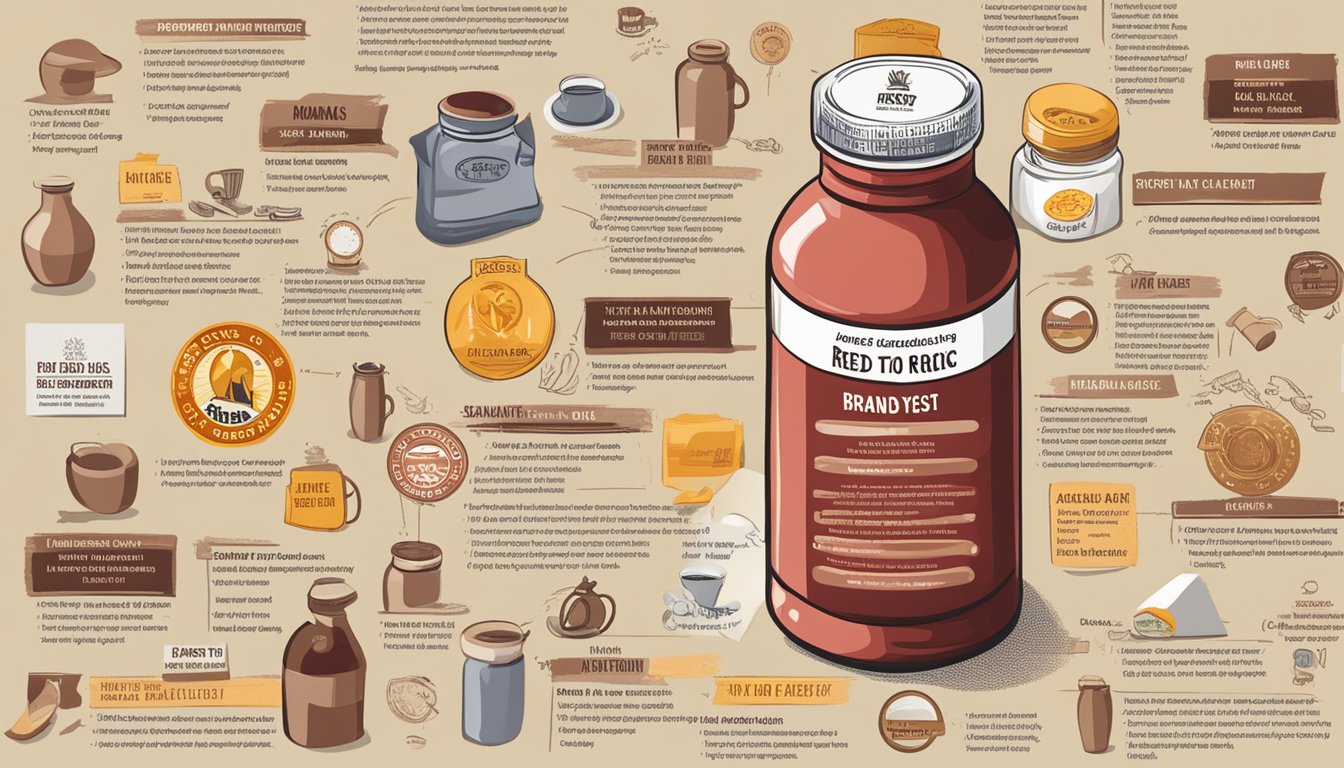
Red yeast rice is a dietary supplement that has been used for centuries in traditional Chinese medicine. It is made by fermenting rice with a type of yeast called Monascus purpureus. Red yeast rice is often used to lower cholesterol levels and promote heart health.
Cholesterol Management
Red yeast rice contains a natural compound called Monacolin K, which is similar to the active ingredient in some prescription cholesterol-lowering drugs. Monacolin K works by inhibiting the production of cholesterol in the liver. As a result, red yeast rice may help to lower cholesterol levels in the blood.
Several studies have shown that red yeast rice can be effective in reducing total cholesterol, LDL (bad) cholesterol, and triglycerides. However, the amount of Monacolin K in red yeast rice supplements can vary widely, and some products may not contain enough of the active ingredient to be effective.
Potential Side Effects and Interactions
While red yeast rice is generally considered safe, it can cause side effects in some people. The most common side effects include headache, dizziness, and gastrointestinal upset. In rare cases, red yeast rice can cause liver or kidney failure.
Red yeast rice can also interact with certain medications, including statins, blood thinners, and some antidepressants. If you are taking any medications, it is important to talk to your doctor before taking red yeast rice.
In conclusion, red yeast rice can be an effective supplement for managing cholesterol levels and promoting heart health. However, it is important to choose a reputable brand that contains enough Monacolin K to be effective. Additionally, you should be aware of the potential side effects and drug interactions associated with red yeast rice. With proper use and monitoring, red yeast rice can be a safe and effective addition to your health regimen.
Regulatory Perspective
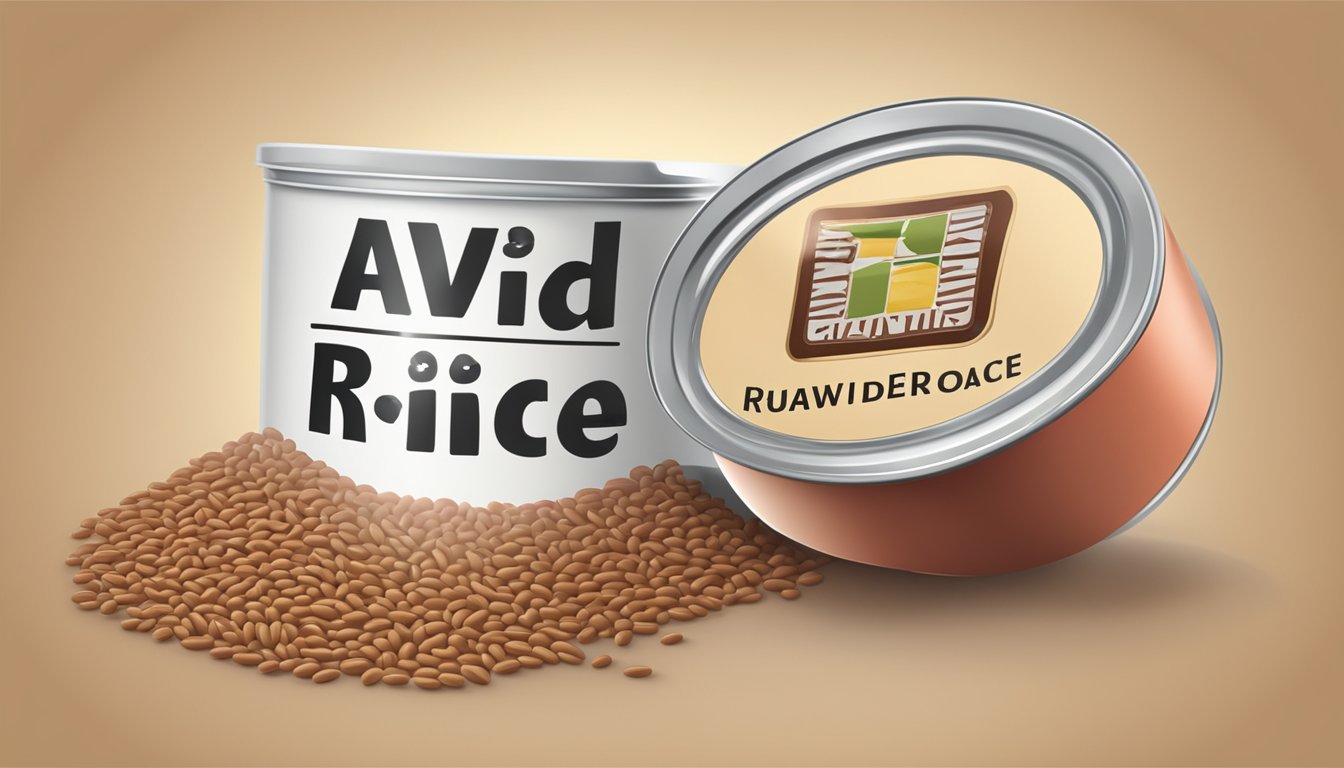
If you are considering taking red yeast rice supplements, it is important to be aware of the regulatory perspective and safety concerns surrounding these products. Red yeast rice is classified as a nutraceutical, which means that it is a food supplement with specific pharmacological activities. As such, its efficacy and safety need to be assessed and dose limits need to be regulated.
FDA Oversight and Safety Concerns
The US Food and Drug Administration (FDA) has been regulating red yeast rice supplements since 1998. However, the FDA does not approve or regulate dietary supplements in the same way that it does prescription drugs. This means that red yeast rice supplements are not subject to the same rigorous testing and safety requirements as prescription drugs.
One of the major safety concerns with red yeast rice supplements is the presence of citrinin, a toxic byproduct of the fermentation process used to produce the supplement. Citrinin has been shown to cause kidney damage in animals, and there have been reports of kidney damage in humans associated with the use of red yeast rice supplements.
Quality and Potency Variability
Another issue with red yeast rice supplements is the variability in quality and potency between different brands. Because red yeast rice supplements are not subject to the same regulations as prescription drugs, there is no guarantee that the amount of active ingredient listed on the label is accurate or consistent from one batch to the next.
To ensure that you are getting a high-quality red yeast rice supplement, it is important to choose a reputable brand that has been independently tested for purity and potency. Look for brands that use a standardized extract of red yeast rice, which ensures that each dose contains a consistent amount of the active ingredient.
In conclusion, while red yeast rice supplements may have potential health benefits, it is important to be aware of the regulatory perspective and safety concerns associated with these products. By choosing a high-quality brand and following the recommended dosage, you can minimize your risk of adverse effects and enjoy the potential benefits of red yeast rice supplements.
Identifying Brands to Avoid
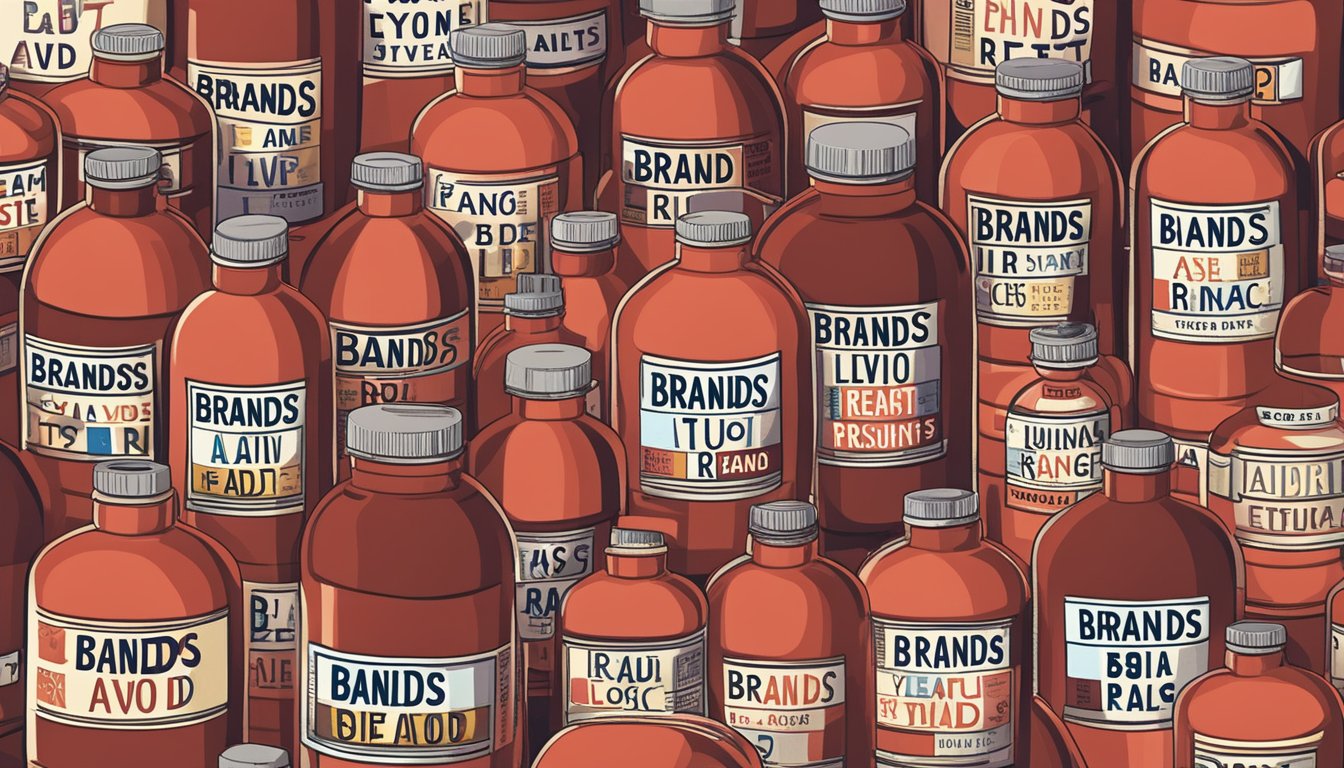
If you’re looking for a red yeast rice supplement, it’s important to be aware of brands that may not be safe or effective. Here are some things to look out for when identifying brands to avoid.
Contaminated or Adulterated Products
Some red yeast rice supplements have been found to be contaminated with substances like citrinin, a toxin produced by certain types of fungi. Others have been found to be adulterated with lovastatin, a prescription medication used to lower cholesterol. This can be dangerous, as taking too much lovastatin can cause serious side effects.
Brands like Swanson, Only Natural, Sundance, and Mason Natural have all been found to have issues with contamination or adulteration. It’s important to do your research and choose a brand that has been tested for purity and safety.
Lack of Standardisation in Supplements
Another issue with some red yeast rice supplements is a lack of standardisation. This means that the amount of active ingredients in each dose can vary widely between brands and even between batches of the same brand.
Brands like Arazo Nutrition and Solgar Red Yeast Rice have been criticised for their lack of standardisation. Without consistent dosing, it’s difficult to know how much of the active ingredient you’re actually getting, which can make it hard to achieve the desired effect.
When choosing a red yeast rice supplement, look for a brand that has been tested for standardisation and consistency. This will help ensure that you’re getting a safe and effective product.
Making Informed Choices
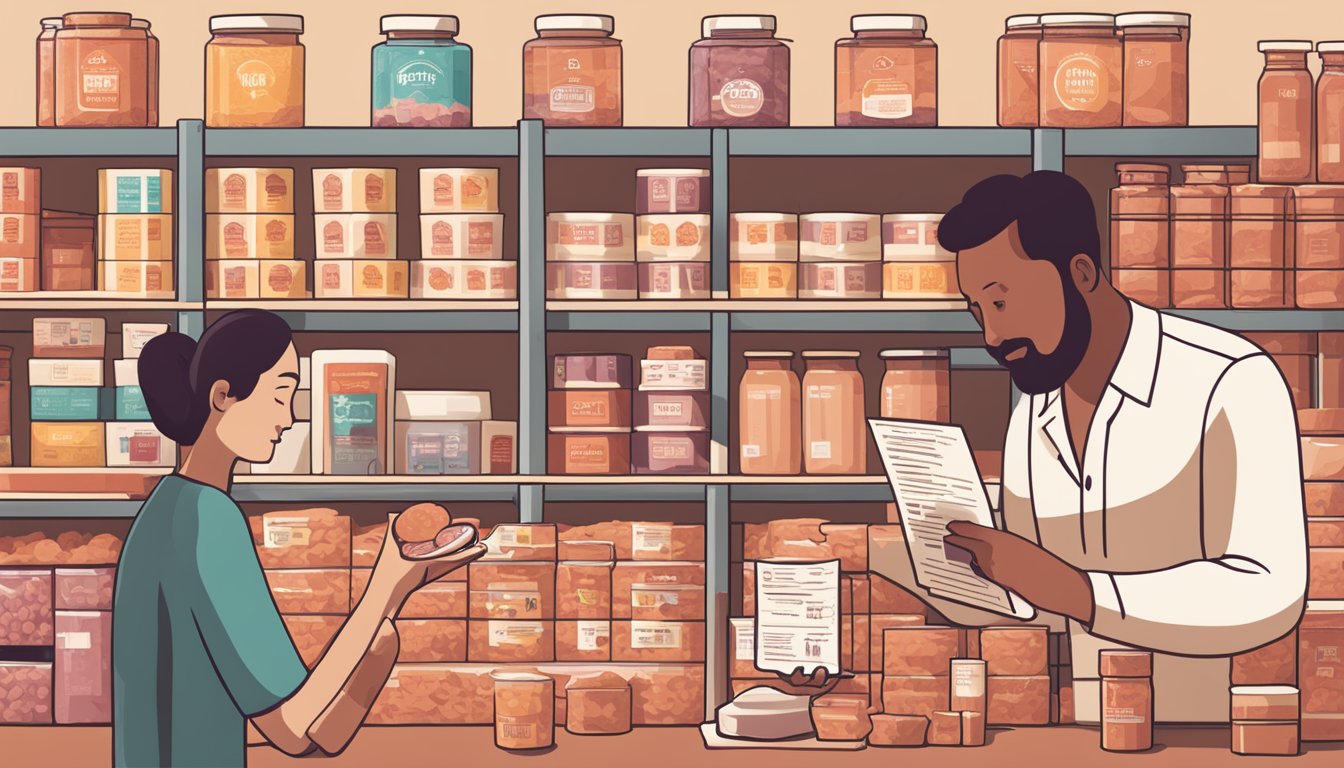
When it comes to choosing the right red yeast rice supplement, it’s important to make informed choices. In order to do so, there are a few key things you should keep in mind.
Consulting with Healthcare Professionals
Before taking any dietary supplement, including red yeast rice, it’s always a good idea to consult with your healthcare professional. They can help you determine whether or not red yeast rice is right for you, and can also provide guidance on dosage and potential interactions with any prescription drugs you may be taking.
Reading Labels and Understanding Dosage
When shopping for red yeast rice supplements, it’s important to read the labels carefully and understand the dosage recommendations. Look for supplements that contain a standardized amount of monacolin K, which is the active ingredient in red yeast rice that has been shown to have cholesterol-lowering effects.
In addition, be sure to follow the dosage recommendations carefully. Taking too much red yeast rice can lead to side effects such as muscle pain and liver damage, so it’s important to stick to the recommended dose.
When buying red yeast rice supplements, it’s also important to choose a reputable brand. Avoid brands that have been found to contain little or no monacolin K, or that have been associated with safety concerns. Based on our research, some red yeast rice brands to avoid include Spring Valley, Swanson, Only Natural, Sundance, Nature’s Plus, Mason Natural, and Solaray.
By following these tips, you can make informed choices when it comes to choosing a red yeast rice supplement that is right for you. Remember to always consult with your healthcare professional before taking any new dietary supplement, and to read labels carefully to ensure you are getting a quality product at the right dosage.
Frequently Asked Questions

What are the potential dangers of consuming certain red yeast rice products?
Some red yeast rice supplements contain a substance called Monacolin K, which is similar to the active ingredient found in prescription statin drugs. While this may help to lower cholesterol levels, it can also cause negative side effects such as muscle, kidney, and liver damage. Additionally, some red yeast rice products have been found to contain harmful contaminants, such as citrinin, which can cause kidney damage.
Which red yeast rice supplements should I steer clear of for safety concerns?
It is best to avoid red yeast rice products that do not clearly state the amount of Monacolin K they contain or have been found to contain harmful contaminants. Spring Valley is one brand that has been flagged for not including Monacolin K in their supplements despite claiming to do so on the label.
Are there any red yeast rice brands known for negative side effects?
Some red yeast rice brands have been associated with negative side effects, such as muscle pain, liver damage, and digestive problems. It is important to do your research and consult with a healthcare professional before taking any red yeast rice supplements.
How can I identify red yeast rice brands that may be harmful to my health?
Look for red yeast rice products that have been certified by third-party organizations, such as the United States Pharmacopeia (USP) or ConsumerLab.com. These organizations test supplements for purity, potency, and quality. Additionally, read product labels carefully and avoid products that do not clearly state the amount of Monacolin K they contain.
What are the warning signs that a red yeast rice brand might be unsuitable?
If a red yeast rice product does not clearly state the amount of Monacolin K it contains or has been found to contain harmful contaminants, it may be unsuitable for consumption. Additionally, if you experience negative side effects after taking a red yeast rice supplement, stop taking it and consult with a healthcare professional.
Can you list red yeast rice products that have been flagged by health authorities?
Some red yeast rice products that have been flagged by health authorities include Spring Valley, which has been found to not include Monacolin K in their supplements despite claiming to do so on the label, and some red yeast rice products that have been found to contain harmful contaminants such as citrinin.




